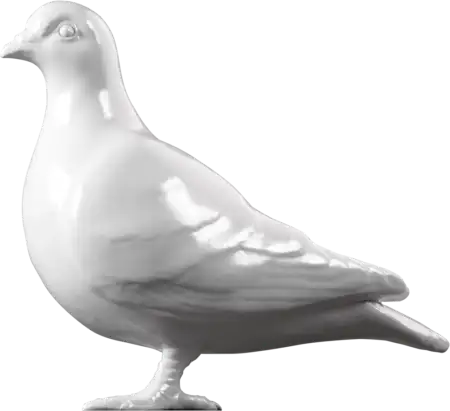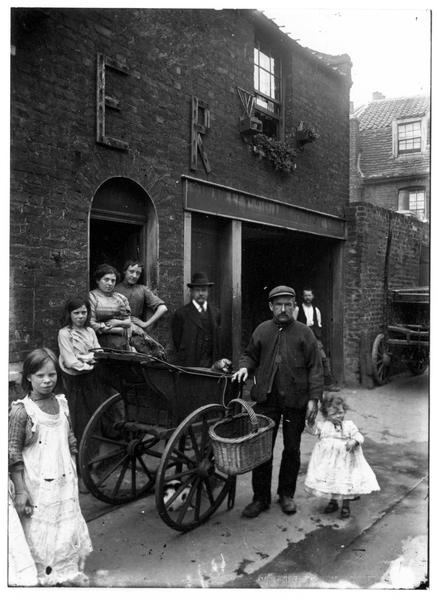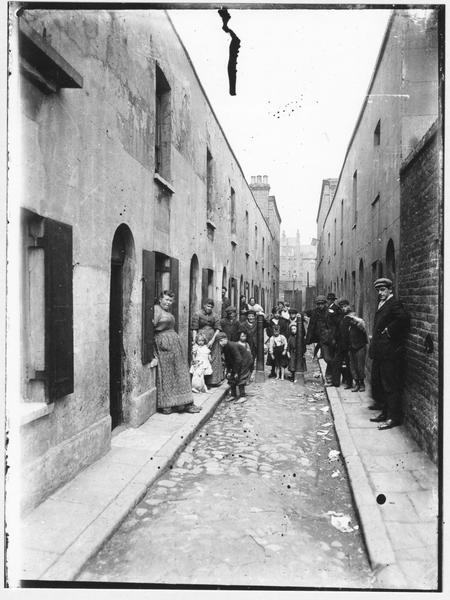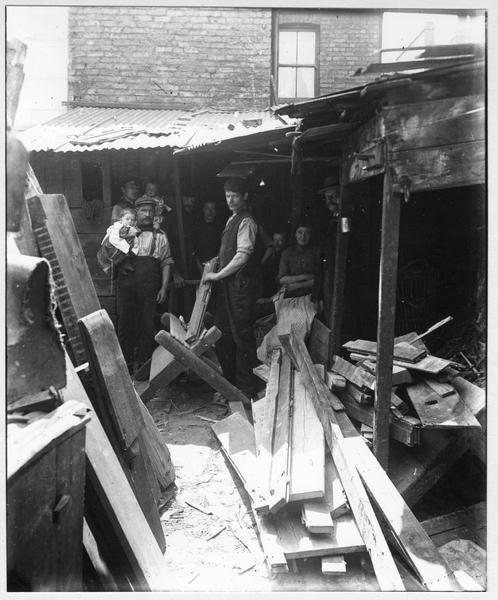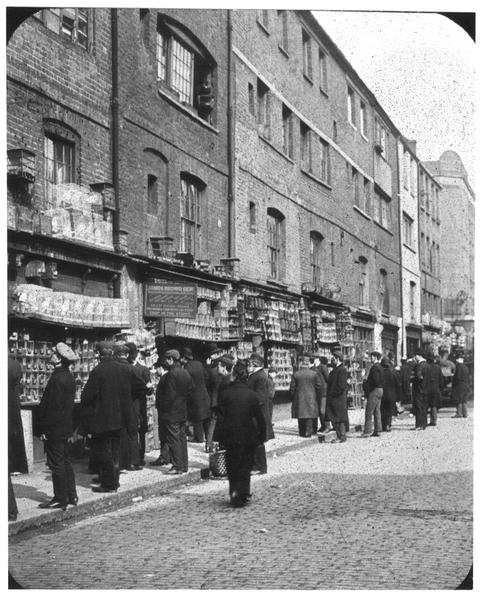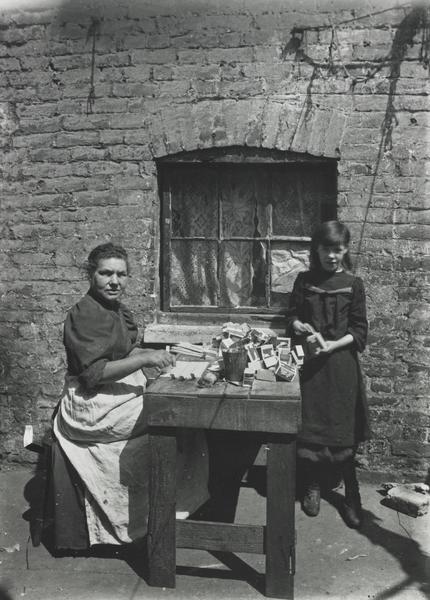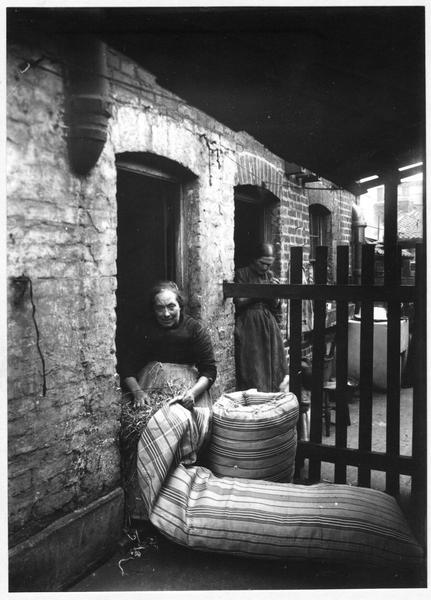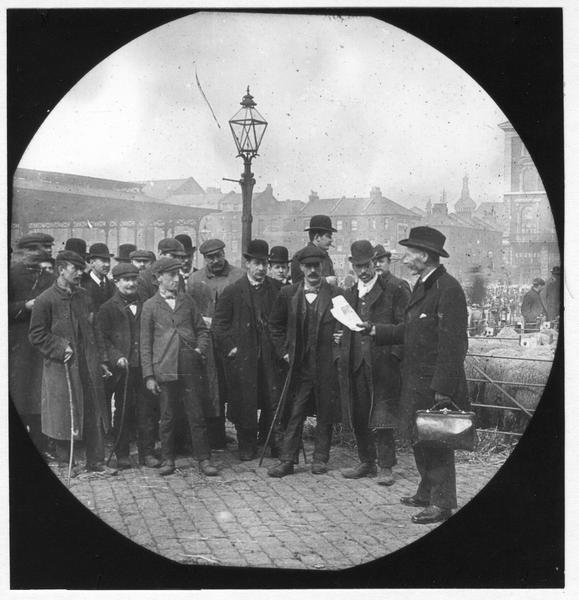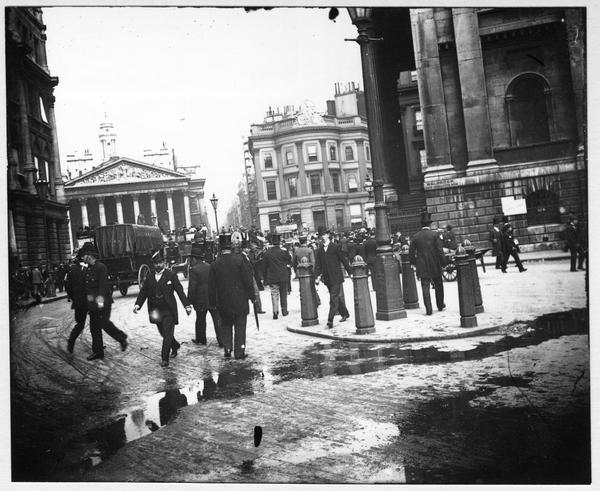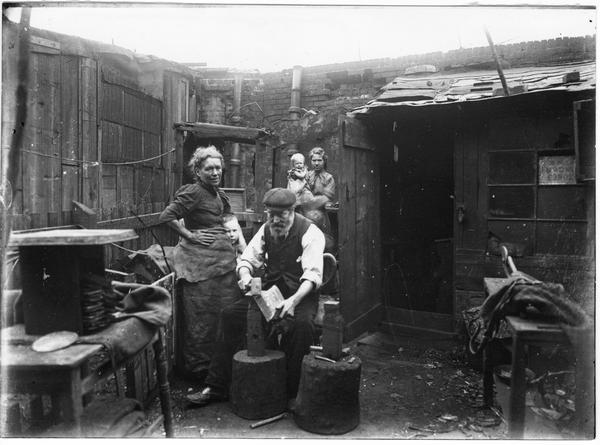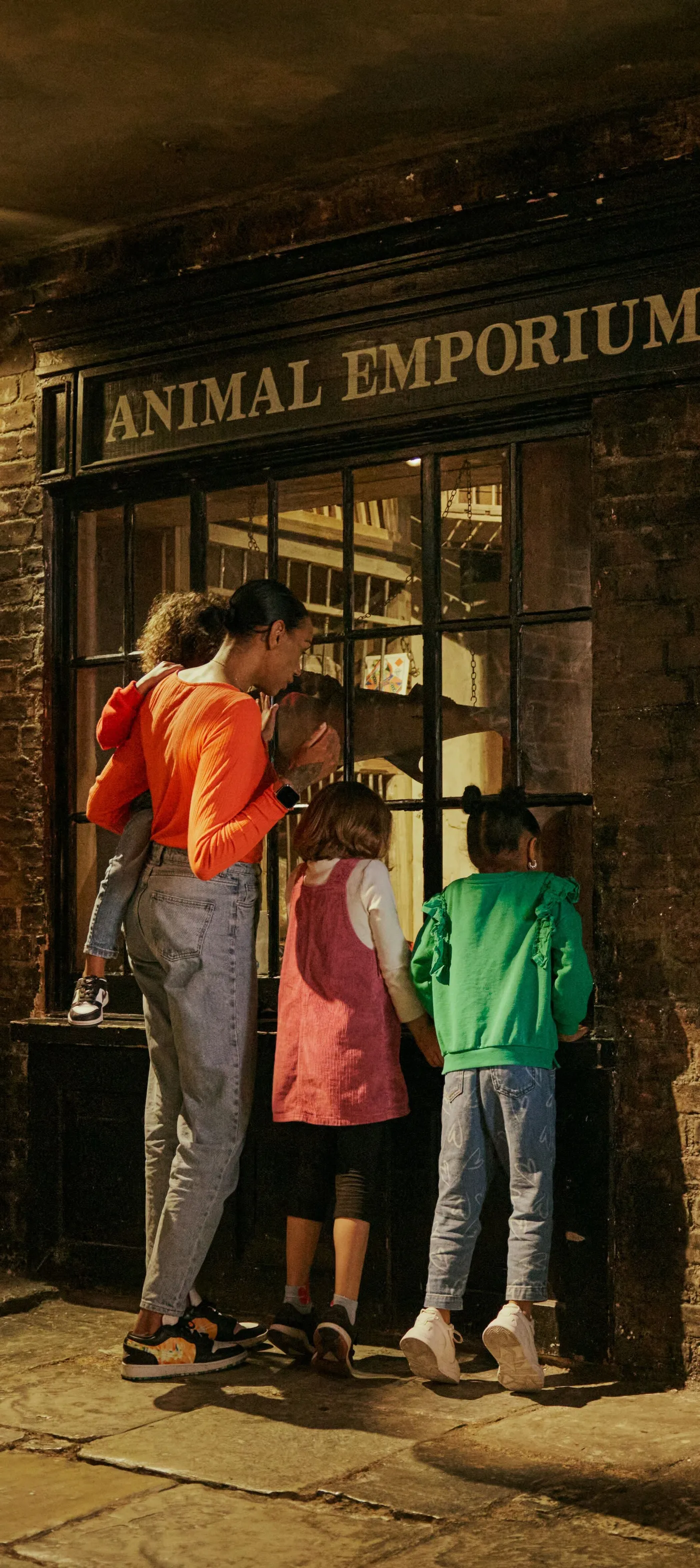John Galt's photos of the East End and its poverty
John Galt was a missionary who dedicated himself to reducing the suffering of the people he saw around him in the East End of London. His photos, taken between 1900 and 1907, brought attention to the poverty, ‘sweated’ labour and poor living conditions that plagued the area.
East End
1900–1907

Who was John Galt?
John Galt was born in Elgin, Scotland, in 1863. He went to a local school, became an apprentice, then left for London to work in the West End textile industry. After witnessing the exploitation of workers in East End sweatshops, by 27, he’d become a Christian missionary with the London City Mission. Galt was assigned to Bethnal Green and later Poplar, both in Tower Hamlets. As a missionary, he provided relief and raised funds for local poor people, while also trying to convert them. The photos he took in the area are part of our collection.

Why did he take the photos?
Galt wanted to report on the conditions he found in the East End. He hoped to raise awareness of East Enders’ lives, showing those in a position to help that these were just ordinary people struggling to get by. He also recorded the missionaries’ work in the area. His photos were shown in his talks and lectures, and appeared in the mission’s magazine.

Sweated labour
In the late 19th and early 20th century, thousands of people were employed as ‘sweated’ workers. They endured long hours in their homes or small workshops, paid tiny amounts to do low-skilled tasks. Matchbox-making was among the lowest paid work. It was often done by women and children who worked from home for up to 12 hours a day.

The Jewish East End
This photo shows Levy Brothers, a Jewish bakery in Whitechapel. By 1900, the Jewish population of London was estimated at over 135,000. Most lived in the East End. Many Jewish people who came to London were sucked into the sweated textile trade, where traditional artisan processes had been divided into low-skilled tasks, each done by one person.

Cat’s meat men
The man with the barrow on the right side of this East End street is a ‘cat’s meat man’ who sold cheap meat, often from horses, for cats to eat.

Little Collingwood Street
These are the residents of Little Collingwood Street in Bethnal Green. Once part of the Old Nichol slum, this extremely narrow street was wiped away by Britain’s first social housing estate, the Boundary Estate, which opened in 1900.

Scrap for firewood
This group of adults and children are gathered around a man converting scrap into firewood. Whether this wood was sold or used at home, making something from nothing was a savvy, often necessary, way to save or make money.

Sclater Street bird stalls
On Sundays on this street off Brick Lane in Shoreditch, people sold live animals and birds, including larks, thrushes, canaries, pigeons and parrots. Missionaries like Galt often approached busy market places to spread the word of God to those who might not otherwise enter a church.

Shovels from scrap
In the backyard of this family’s home in Bethnal Green, this man is making shovels from scrap metal. Many poor households found similar ways to make money.

The Bank of England
In this photo, Galt focuses on a very different area, as indicated by the top hats. This is a view from the spot where Queen Victoria Street meets Poultry in the City of London. The Bank of England is close by. The building with the columns in the background is the Royal Exchange. A trading centre founded in 1571, the building shown here was opened in 1844. The columns on the right belong to Mansion House, official residence of the Lord Mayor.
